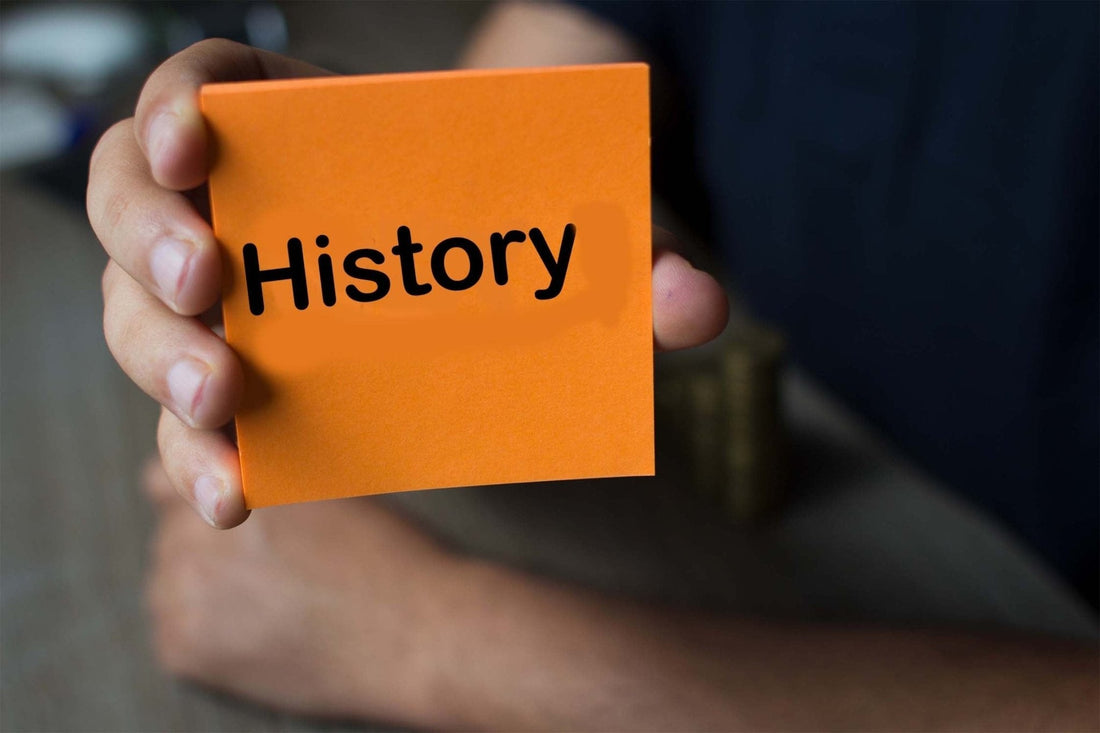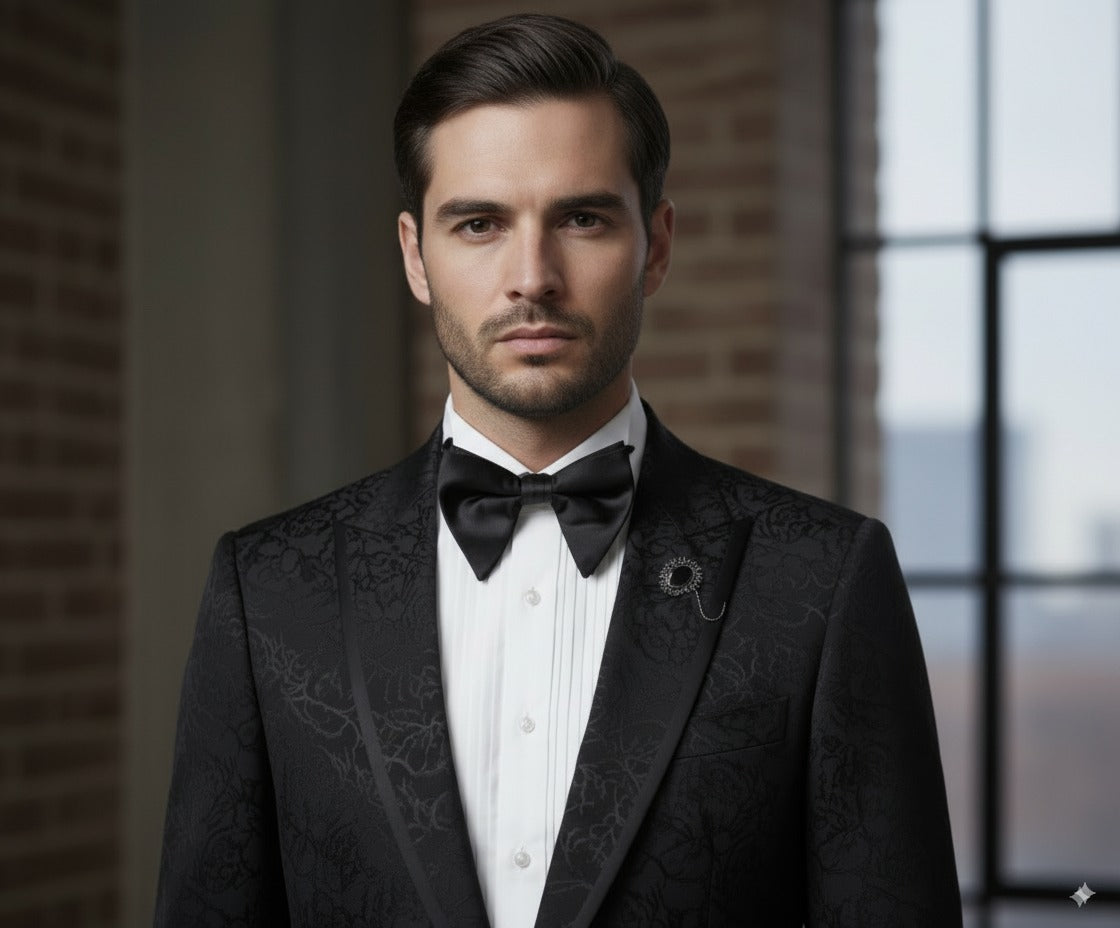
The History Of The Waistcoat
Share
The History Of The Waistcoat
The waistcoat, also known as the vest, is a garment that has been a fixture in men's fashion for centuries. Its origins can be traced back to the 17th century when King Charles II decreed that it should be a part of an Englishman's correct dress. However, the waistcoat's design was closely based on waistcoats seen in Persia and India, indicating that its origins may have been much older.
During the 17th and 18th centuries, waistcoats were highly ornate items in bright colors. They were often made from expensive fabrics such as silk and velvet and were embellished with intricate embroidery and lace. The waistcoat was an essential part of a gentleman's wardrobe and was worn on formal occasions such as weddings and balls.
However, the 19th century saw a shift in fashion, and waistcoats became less ornate and more practical. This change was partly due to the rise of the middle class, who preferred a more understated and functional style of dress. The waistcoat became shorter and a much tighter fit, almost doubling as an undergarment. It was used cosmetically to streamline the fuller figure and emphasize the fashion for the pinched waist. When the corset became popular in the 1820s, waistcoats served to complement the fashion for the pinched waist. They often featured whalebone stiffeners of their own, as well as laces at the back and reinforced buttons at the front.
After 1850, this style changed somewhat, towards the end of the century, with the arrival of portly Edward VII, the waistcoat began to expand a little to suit the shape of its owner. In the 20th century, the waistcoat's significance as a status symbol began to wane, and it became a much more functional item to round off a formal three-piece suit. Its use as a place to store a snazzy pocket watch also fell by the wayside as the wristwatch came into its own.
Today the waistcoat is still worn in formal outfits but has also taken on a life of its own in certain youth subcultures. It is often worn by indie kids or in steampunk circles, sometimes just with T-shirts or in the antithesis of their formal roots, sometimes even on their own.
In conclusion, the waistcoat has a rich history dating back to the 17th century. It has evolved from a highly ornate garment worn on formal occasions to a practical item that complements a three-piece suit. The waistcoat has played an essential role in men's fashion for centuries and continues to be a part of modern-day fashion. Its design and significance may have changed over the years, but its popularity remains undiminished.
During the 17th and 18th centuries, waistcoats were highly ornate items in bright colors. They were often made from expensive fabrics such as silk and velvet and were embellished with intricate embroidery and lace. The waistcoat was an essential part of a gentleman's wardrobe and was worn on formal occasions such as weddings and balls.
However, the 19th century saw a shift in fashion, and waistcoats became less ornate and more practical. This change was partly due to the rise of the middle class, who preferred a more understated and functional style of dress. The waistcoat became shorter and a much tighter fit, almost doubling as an undergarment. It was used cosmetically to streamline the fuller figure and emphasize the fashion for the pinched waist. When the corset became popular in the 1820s, waistcoats served to complement the fashion for the pinched waist. They often featured whalebone stiffeners of their own, as well as laces at the back and reinforced buttons at the front.
After 1850, this style changed somewhat, towards the end of the century, with the arrival of portly Edward VII, the waistcoat began to expand a little to suit the shape of its owner. In the 20th century, the waistcoat's significance as a status symbol began to wane, and it became a much more functional item to round off a formal three-piece suit. Its use as a place to store a snazzy pocket watch also fell by the wayside as the wristwatch came into its own.
Today the waistcoat is still worn in formal outfits but has also taken on a life of its own in certain youth subcultures. It is often worn by indie kids or in steampunk circles, sometimes just with T-shirts or in the antithesis of their formal roots, sometimes even on their own.
In conclusion, the waistcoat has a rich history dating back to the 17th century. It has evolved from a highly ornate garment worn on formal occasions to a practical item that complements a three-piece suit. The waistcoat has played an essential role in men's fashion for centuries and continues to be a part of modern-day fashion. Its design and significance may have changed over the years, but its popularity remains undiminished.
"PEOPLE WILL STARE. MAKE IT WORTH THEIR WHILE" - HARRY WINSTON -
A Hand Tailored Suit, the bespoke tailoring company offering you a slice of London’s Savile Row, for a cut of the cost.
Custom clothing cut for Men, Women & Children. We offer only the finest of cloths from only the finest of cloth merchants from around the world. Showrooms & tailoring visits throughout England, Ireland & Mainland Europe.
Follow us on Instagram & let us inspire you on Pinterest
Contact us today for more information
info@ahandtailoredsuit.com
For image & accreditation contact us at marketing@ahandtailoredsuit.com or review our image reference page.

